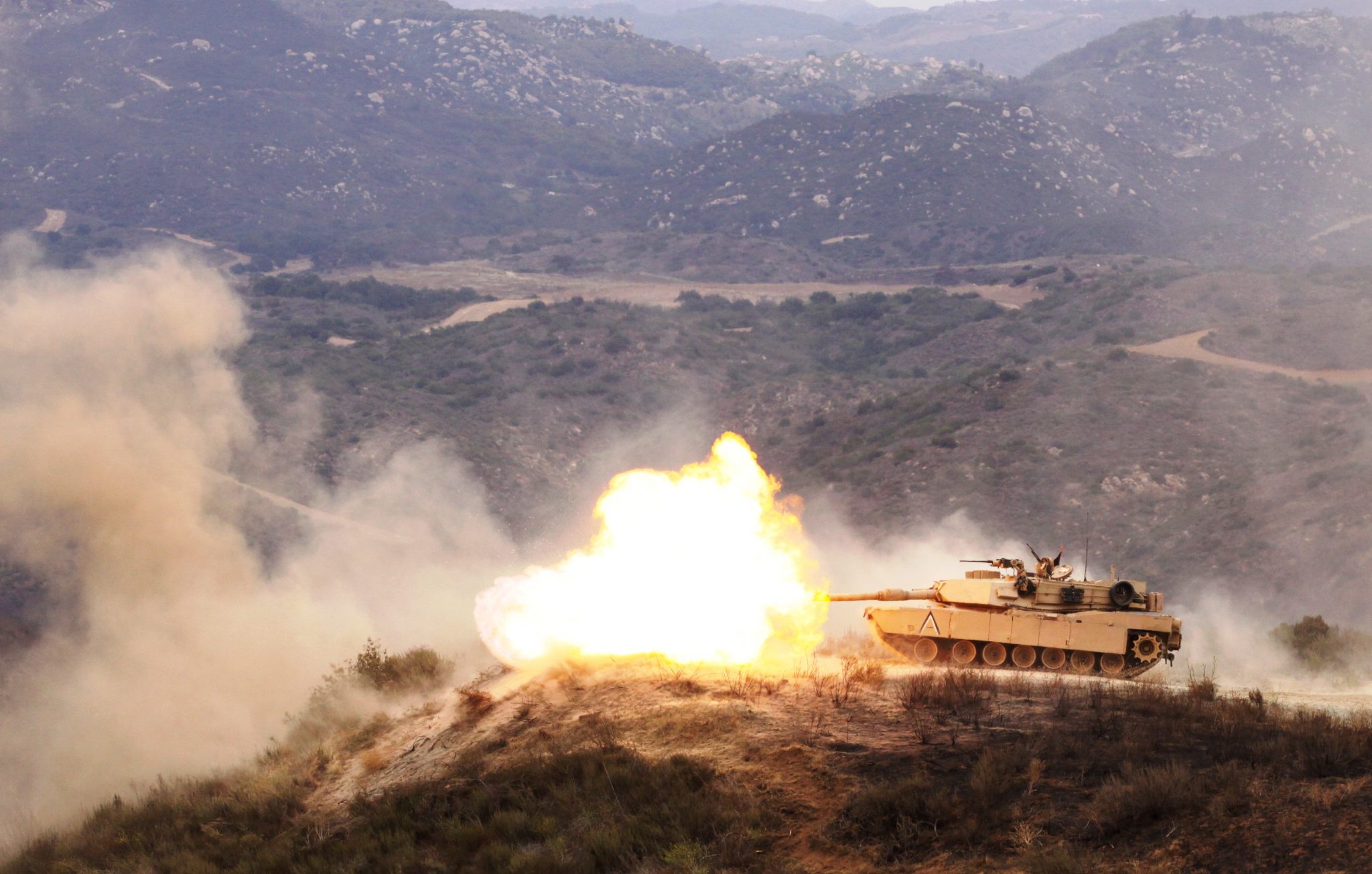This post is also available in:
 עברית (Hebrew)
עברית (Hebrew)
The US Army is engineering a new Hostile Fire Detection system for its fleet of armored combat vehicles to identify, track and target enemy small arms fire.
The ability of a tank team to identify the location of enemy fire, be it small arms or Anti Tank missiles, is invaluable. This ability, given its connection to other C2 system, can give fighting forces a great advantage in today’s battlefield, where threats comes from all directions, even from underground tunnels.
There is now a range of sensors being explored by Army developers; infrared sensors, for example, are designed to identify the heat signature emerging from enemy fire and, over the years, the Army has also used acoustic sensors.
“We are collecting threat signature data and assessing sensors and algorithm performance,” Gene Klager, Deputy Director, Ground Combat Systems Division, Night Vision and Electronic Sensors Directorate, told nationalinterest.org in an interview.
Klager’s unit, which works closely with Army acquisition to identify and at times fast-track technology to war, is part of the Army’s Communications, Electronics, Research, Development and Engineering Center (CERDEC).
Army senior leaders also said the service will be further integrating Hostile Fire Detection sensors this year, in preparation for more formals testing to follow in 2019.
Enabling counterattack is a fundamental element of this, because being able to identify enemy fire would enable vehicle crews to attack targets from beneath the protection of an armored hatch.
The Army currently deploys a targeting and attack system called Common Remotely Operated Weapons System, or CROWS; using a display screen, targeting sensors and controls operating externally mounted weapons, CROWS enables soldiers to attack from beneath the protection of armor.
“If we get a hostile fire detection, the CROWS could be slued to that location to engage what we call slue to cue,” Klager said.
Much of the emerging technology tied to these sensors can be understood in the context of artificial intelligence, or AI. Computer automation, using advanced algorithms and various forms of analytics, can quickly process incoming sensor data to ID a hostile fire signature.
“AI also takes other information into account and helps reduce false alarms,” Klager explained.
AI developers often explain that computers are able to much more efficiently organize information and perform key procedural functions such as performing checklists or identifying points of relevance; however, many of those same experts also add that human cognition, as something uniquely suited to solving dynamic problems and weighing multiple variables in real time, is nonetheless something still indispensable to most combat operations.
Over the years, there have been a handful of small arms detection technologies tested and incorporated into helicopters; one of them, which first emerged as something the Army was evaluating in 2010 is called Ground Fire Acquisition System, or GFAS.
This system, integrated onto Apache Attack helicopters, uses infrared sensors to ID a heat signature from an enemy weapon. The location of enemy fire could then be determined by a gateway processor on board the helicopter able to quickly geolocate the attack.
While Klager said there are, without question, similarities between air-combat Hostile Fire Detection technologies and those emerging for ground combat vehicles, he did point to some distinct differences.
“From ground to ground, you have a lot more moving objects,” he said.
Potential integration between Hostile Fire Detection and Active Protection Systems is also part of the calculus, Klager explained. APS technology, now being assessed on Army Abrams tanks, Bradleys and Strykers, uses sensors, fire control technology and interceptors to ID and knock out incoming RPGs and ATGMs, among other things. While APS, in concept and application, involves threats larger or more substantial than things like small arms fire, there is great combat utility in syncing APS to Hostile Fire Detection.
Hostile Fire Detection involves the same function that would serve as a cueing sensor as part of an APS system” Klager said.
The advantages of this kind of interoperability are multi-faceted. Given that RPGs and ATGMs are often fired from the same location as enemy small arms fire, an ability to track one, the other, or both in real time greatly improves situational awareness and targeting possibilities.

























